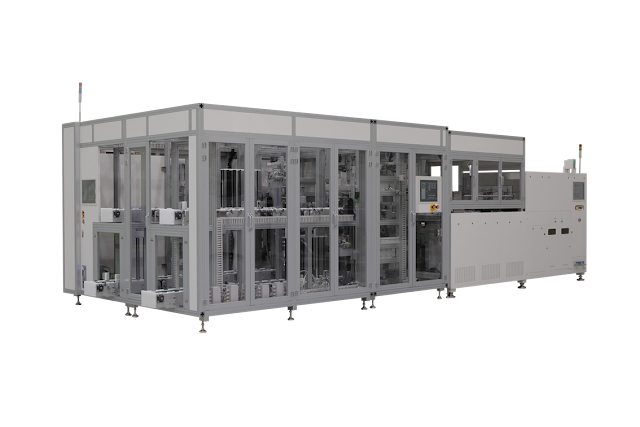Here is a clever paper from University of Alberta on how to save expensive ALD precursor in ALD processing by using a burst of shorter multiple precursor pulses. I´ve seen this approached used in 3D conformal growth in extreme high aspect ratio structures before, but I just had a simple picture in my mind how it works. Here it is explained an proven by experimental work in great detail!
The approach is also in one sense similar to the Genus process that ran the ALD pulses in undersaturation and was very much faster and precursor saving than "normal ALD". However not that good in extreme aspect ratio structures. The method developed by Triratna Muneshwar should not have this restriction since it works in saturation mode.
University of Alberta materials engineering postdoctoral fellow Triratna Muneshwar and materials engineering professor Ken Cadien have developed a new method for ALD that saves expensive precursors. The paper in Journal of Applied Physics is highlighted here in EurekAlert. On the picture the gentlemen stands in front of a ALD machine from Kurt J. Lesker, which I assume has been used for the experimental verification of the numerical method.
AxBAxB… pulsed atomic layer deposition: Numerical growth model and experiments
Triratna Muneshwar and Ken Caddie
J. Appl. Phys. 119, 085306 (2016); http://dx.doi.org/10.1063/1.4942439
Atomic layer deposition(ALD) is widely used for the fabrication of advanced semiconductor devices and related nanoscale structures. During ALD, large precursor doses (>1000 L per pulse) are often required to achieve surface saturation, of which only a small fraction is utilized in film growth while the rest is pumped from the system. Since the metal precursor constitutes a significant cost of ALD, strategies to enhance precursor utilization are essential for the scaling of ALD processes. In the precursor reaction step, precursor physisorption is restricted by steric hindrance (mA1) from ligands on the precursor molecules. On reaction,some of these ligands are removed as by-products resulting in chemisorbed species with reduced steric hindrance (mA1 → mA2, where mA2 < mA1) and some of the initially hindered surface reaction sites becoming accessible for further precursor physisorption. To utilize these additional reaction sites, we propose a generalized AxBAxB… pulsed deposition where the total precursor dose (ΦA) is introduced as multiple x (x > 1, x ∈ I) short-pulses rather than a single pulse. A numerical first-order surface reactionkinetics growthmodel is presented and applied to study the effect of AxBAxB… pulsed ALD on the growthper cycle (GPC). The model calculations predict higher GPC for AxBAxB… pulsing than with ABAB… deposition. In agreement with the model predictions, with AxBAxB… pulsed deposition, the GPC was found to increase by ∼46% for ZrN plasma enhanced ALD (PEALD), ∼49% for HfO2 PEALD, and ∼8% for thermal Al2O3ALD with respect to conventional ABAB… pulsed growth.



%20(1).png)










